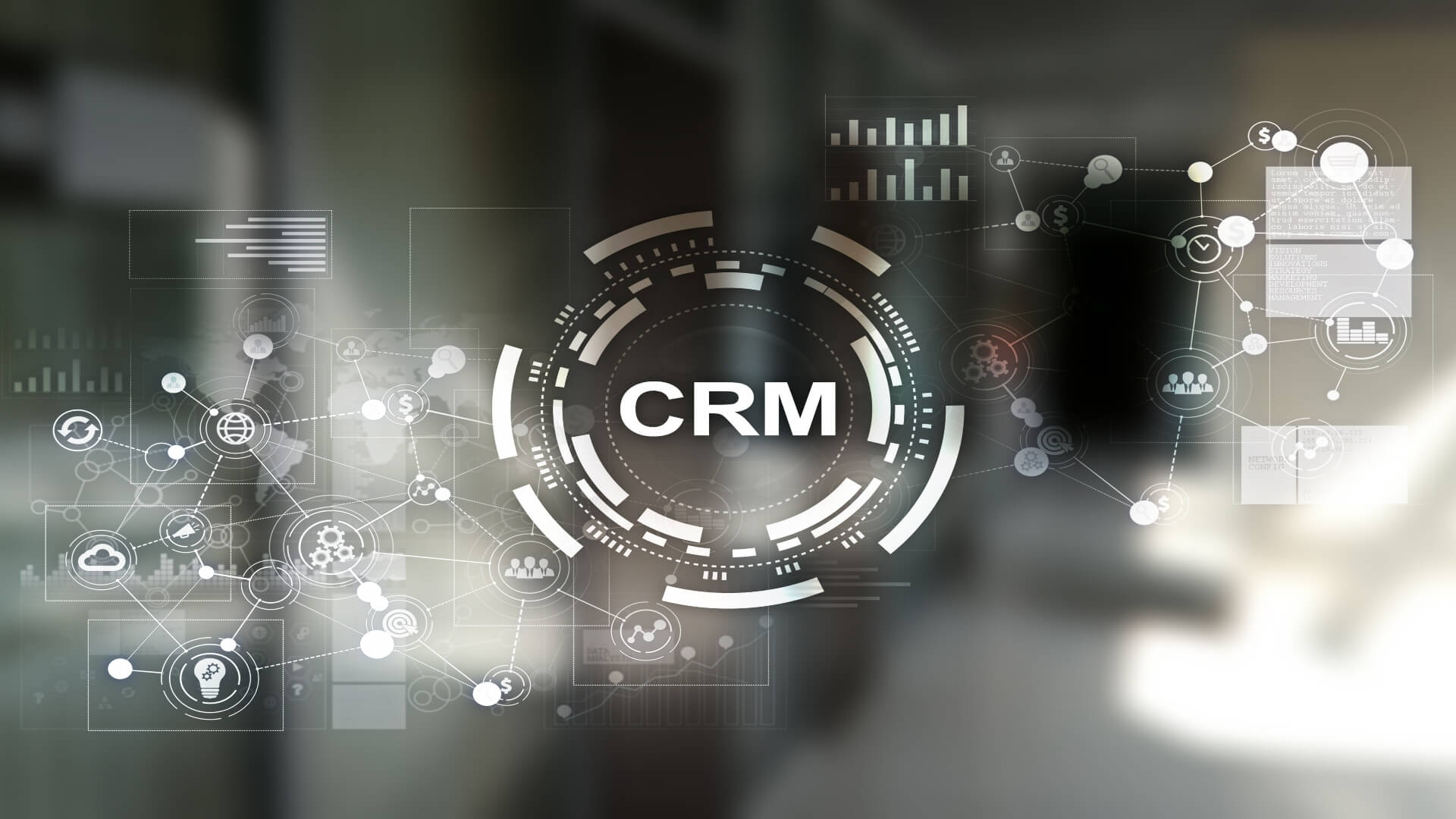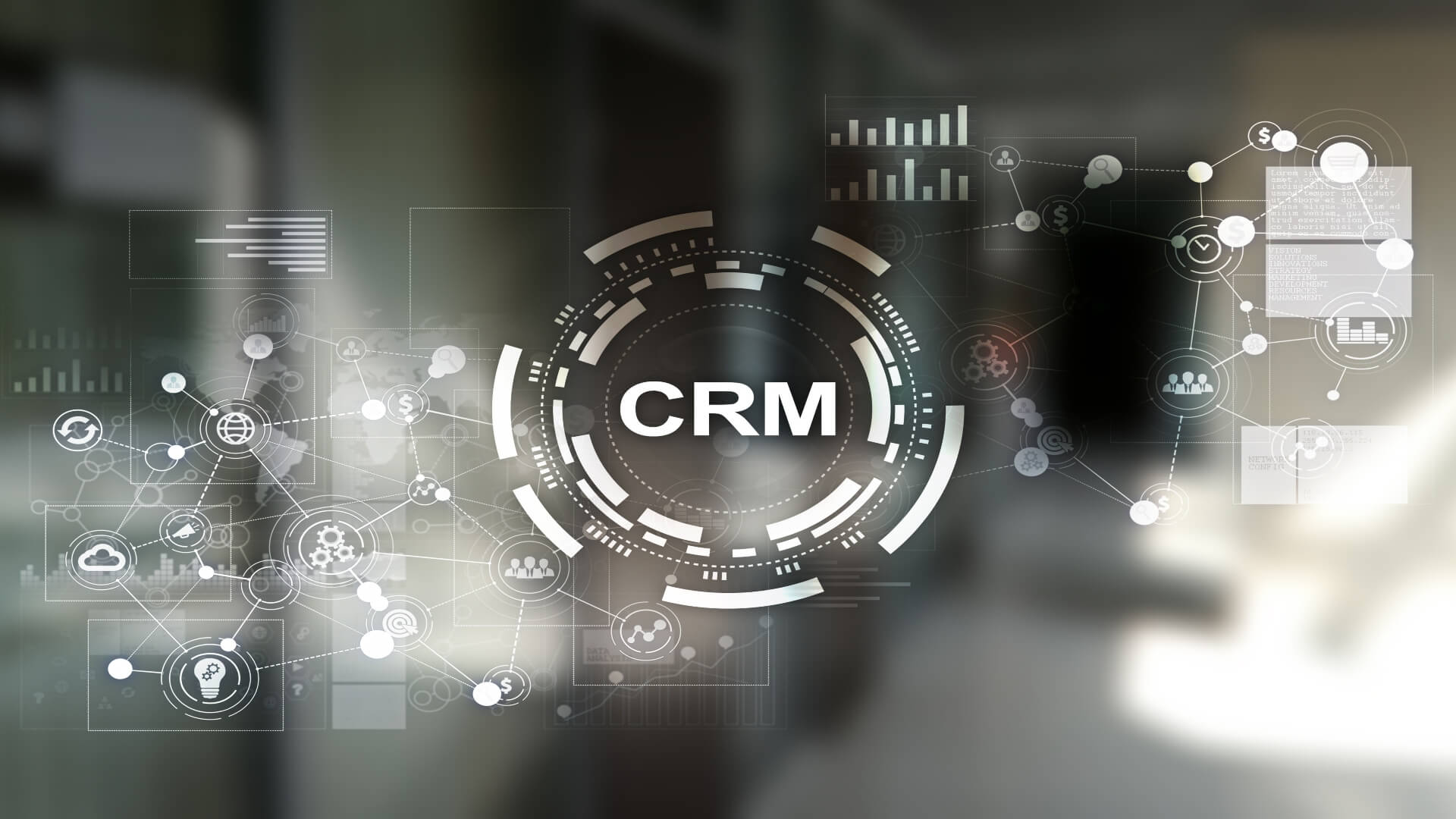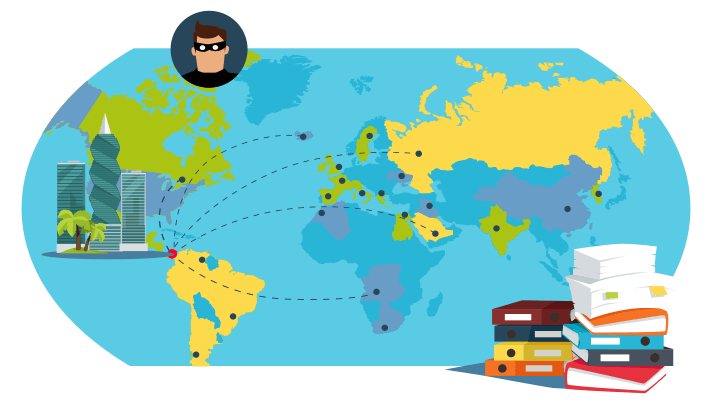Why You Should Be Using a CRM In Your Business
In 1956, Danish engineer Hildaur Neilsen invented the rolodex. Although not the only one of its kind, rolodex soon came to be to the spring loaded phone directory, what Hoover became to vacuum cleaners – synonymous! In fact, so iconic was the rolodex sitting atop an office desk, that it has found its way into the Smithsonian Museum itself.
However, fast forward seventy years, and the rolodex is no longer a common sight in the modern office. It has been replaced little by little, with even more impressive automated systems. Of foremost example, is the customer relationship management system, which of course is quite a mouthful, so it is more frequently referred to as a CRM. If you’ve never heard of a CRM before then fear not, in this article we’ll endeavour to explain not just what they are, but also the benefits and the exciting future prospects for these impressive systems.
What is a CRM?
The rolodex’s main purpose was to make the storing and accessing of business contact information easier and efficient. Unfortunately, this was the limit of its capabilities. A CRM takes this basic requirement of businesses and not only automates but enhances its capabilities.
So, what is a CRM? Customer Relationship Management CRM systems compile data from various sources such as the company’s website, social media, email, marketing materials, telephone and more. It then presents this information in an organised and easy to access way so that the user can maximise customer leads and accelerate growth.
A CRM will help you understand your customers better, to anticipate their needs, and provide a superior customer experience. Some CRM’s are designed with a particular business type in mind, and these can be especially useful to those sorts of businesses. When a CRM is devised in this way, it often means even more specific features can be added to the software, to further enhance and automate its functions. An example of such a CRM can be found here.
Types of CRM
We can categorise most CRM systems in to two main groups, operational and analytical systems. Although you will find that a good customer relationship management system will feature both of these purposes, it is often noted that individual systems are designed with a particular focus in mind, and thereby excel at this objective.
Operational Systems primary goals are the integration and automation of sales, customer support and marketing. They often accomplish this through the use of a ‘dashboard’ that compiles relevant information from these areas into a single view per customer. The goal is to fast track a prospective client into an actual client. It can do this by preventing duplicate efforts from different salespeople, which has the effect of not only wasting resources but also potentially irritating your clients. Automation in this regard also helps to support a customer through multiple channels such as email, phone, FAQs and ticketing portals.
If the role of an operational system is to automate customer interaction, then the role of an analytical system is to automate the analysis of all data collected throughout multiple sources. This information can then be used by business managers by assisting them to make more informed decisions. These analytical systems use a variety of techniques in order to do this such as data mining, pattern and correlation recognition technology and more. If a business is more informed, they can make
Benefits of CRM
There are many benefits to having a CRM, whether your business involves selling life insurance, or fixing automotives. Here are 3 you might not have thought about.
Collaboration – The larger your business grows the greater the challenge of providing a seamless customer experience across multiple departments. Think of the different departments your customer is likely to encounter such as sales, marketing, customer support etc. CRM’s help all these different departments to share and access customer information in real time. This can be helpful whether these departments work in different rooms, buildings or even countries.
Customer Retention – How often have you lost a client for a completely preventable reason. An appointment was missed, a follow up email was not sent, or a telephone call was forgotten. CRMs can prevent these mistakes by reminding you automatically. It is pointless filling the bath if you haven’t put the plug in! Likewise, keeping clients is as important, if not more important, than acquiring new ones.
Communication – When a business responds quickly to a customer’s request it shows professionalism. CRM’s often include ready made templates for a variety of situations, and the ability to modify and add to these templates. Templates such as quotes, proposals, emails, invitations and more. This can save you valuable time and make your replies speedier.
Future of Customer Relationship Management Systems
From the humble rolodex to the modern Customer Relationship Management system, the goal has always been the same – to make your life easier, and to improve the experience of your customers.
The features that already exist mean that with little effort, you can collect, analyse, collate, and present information on your customers so that you can make more informed decisions, anticipate needs and increase customer retention. Whether your company is small of large, features such as real time information sharing mean that your workforce can make the most efficient use of resources, particularly time!
The future of CRM systems is also exciting. After reading this article you might probably wonder, how could they possibly be improved upon! What features could they add. One area that is of particular interest pertains to even further automation. One piece of technology soon to be implemented by CRMs is ChatGBT which is a chatbot that can respond to questions in a customers natural language and provide engaging answers in a conversational form. By combining this technology with a CRM you’ll never need to worry that your customers needs are being met.








